Will there ever be 50 billion installed IoT devices???
Professor William Webb has contributed to Incisor.TV features many times, and is one of the most knowledgeable spokespersons on matters Internet of Things – both the original concept and the industry that has built up around it. William and Matt Hatton have recently co-authored a book ‘The Internet of Things Myth’ which compares today’s reality with the hype of IoT’s early days. This feature includes some of William’s thoughts, and acts as an introduction to the Incisor.TV video interview featured above.
Willian Webb:-
Back in 2010 Ericsson, Cisco and others made bold forecasts. They said that by 2020 there would be 50 billion connected devices. It is now 2020 – have we hit that target? Measuring connected devices is not simple. Firstly, there’s a matter of definition – do smart watches count? What about a Bluetooth remote control? Secondly, there is limited data about the sales volumes of many of these devices. But our best estimates are that there might be around 9 billion connected devices (excluding smartphones). Most of these are in the home – smart speakers and similar. The next biggest category is the office. Very few are “outdoors” – for smart cities, smart industry and more. Getting to 9 billion is an achievement, but it is less than 20% of the forecast. What went wrong? And what would be a better forecast?
In outline, what went wrong was the assumption that this would be as easy as selling iPhones. Simply open the Apple Store and wait for the queues to build. Of course, machines don’t go to stores. In a bit more detail, we identified five key mistakes.
The first mistake was the view that everything should be connected including your toothbrush – in practice the value of connecting most things is minimal and the downside of complexity, security and cost significant. There needs to be a clear benefit to connectivity and a relatively high threshold should be applied before deciding to make a device part of the IoT.
The second mistake was the assumption that just connecting a device is all that is needed. In practice, devices need management, the information they generate needs processing, users need support and complete solutions need to be delivered. Simplistically, nobody just wants a connected thermostat, they want an integrated home heating solution including apps, websites and security. Industry wants complete solutions that integrate into their existing business – not just connected robots, but robots that collect items from shelves and transport them onwards. It turns out to be much more complex than many anticipated.
The third mistake was too little focus by enterprise adopters on the non-technical implications of adopting IoT. Done right, IoT is transformational to how an organisation operates and offers a strong competitive differentiator. However, to gain the benefits can require an overhaul of existing business practices and a change in business models. Most IoT deployments have played it safe by eschewing these transformation projects for tweaks to existing business models using some limited version of IoT.
The fourth error was insufficient focus on open standards, with the result that there are no standards in some areas, competing standards in others. Having companies like Amazon come up with their own “Sidewalk” solution rather than adopting an open standard is symptomatic of the issue.
The final mistake was a lack of an industry value chain that generates sufficient profit for all the players. For various reasons the distribution of value is not aligned with the expectation of the various players. For example, mobile operators expect to make a higher revenue per connection than they are likely to receive. This has led many to attempt to move across the value chain, with predictably poor results, further adding to the issues.
Those are the mistakes of the past decade. We can already foresee additional mistakes that will be made in the coming decade such as:
* The view that AI will transform IoT. AI is a useful tool, but it only works once there is substantial data – which only arrives in a mature IoT solution. IoT needs to be made to work well first, then AI can be applied to make it work better.
* The thought that 5G will transform IoT. This is completely wrong. There is no IoT element within 5G. It changes nothing, other than further confuses users and operators as to the best form of connectivity. And it encourages the view that everything can and should be connected.
* The hope that autonomous driving will be a huge marketplace for wireless connectivity. Autonomous cars are…autonomous. And in any case, they will not be in widespread use for many years, perhaps even decades.
The fact that the problems have not been solved over the last decade indicates that they are tough problems. But we believe that the first step in overcoming the challenges of IoT implementation is to clearly understand what the challenges are and to learn from the failures to resolve them of the past. Too many seem to just assume a bright future of “massive machine connectivity” will magically appear, because 5G proponents say it will.
In so much as we have advice for those in the IoT industry it is:
1. Pick a segment, vertical or particular solution space where there is clear benefit from IoT, ideally in a way that can be quantified as a business case improvement.
2. Make sure that a complete solution can be delivered to the end customer, even if that will come from myriad companies. Determine who will orchestrate this solution and work with them.
3. Realistically model the profitability of each player in the value chain. Be willing to redistribute some of the profit if it is clear that certain players are not sufficient incentivised.
4. Expect it to be a slow process. Implementing initial deployments will take time. Using these as case studies to encourage other customers will take time. Expanding nationally and internationally will take time. Structure and finance accordingly.
There are some areas that we cannot see how to resolve. Standards for connectivity is one – the world needs a single common standard, the “Bluetooth equivalent” for IoT. We suspect this will happen with time, but it has not happened in the last five years, and may not in the next. Delivering solutions into risk-averse verticals such as healthcare is also challenging and may need some fortunate early wins.
So back to that forecast. We are optimistic. IoT is necessary and there are viable business cases. But we are not optimistic that all of the problems will go away fast. We predict that by 2030 we might have 30 billion connections. Perhaps we will hit the 50 billion in 2035. Better late than never.
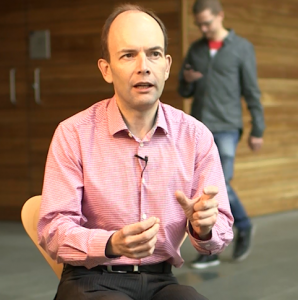
William Webb
William Webb is CEO at Webb Search, an independent consultancy. He was one of the founding directors of Neul, a company developing machine-to-machine technologies and networks, which was subsequently sold to Huawei. William became CEO of the Weightless SIG, a body standardizing IoT technology. Prior to this William was a Director at Ofcom where he managed a team providing technical advice and performing research. He has worked for a range of communications consultancies and spent three years providing strategic management across Motorola’s entire communications portfolio. He was President of the Institute of Engineering & Technology (IET) 2014-2015.
William has published 17 books, 100 papers, and 18 patents. He is a Visiting Professor at Southampton University, a Fellow of the Royal Academy of Engineering, the IEEE and the IET. In 2018 he was awarded the IET’s prestigious Mountbatten Medal for technology entrepreneurship.
Related Articles
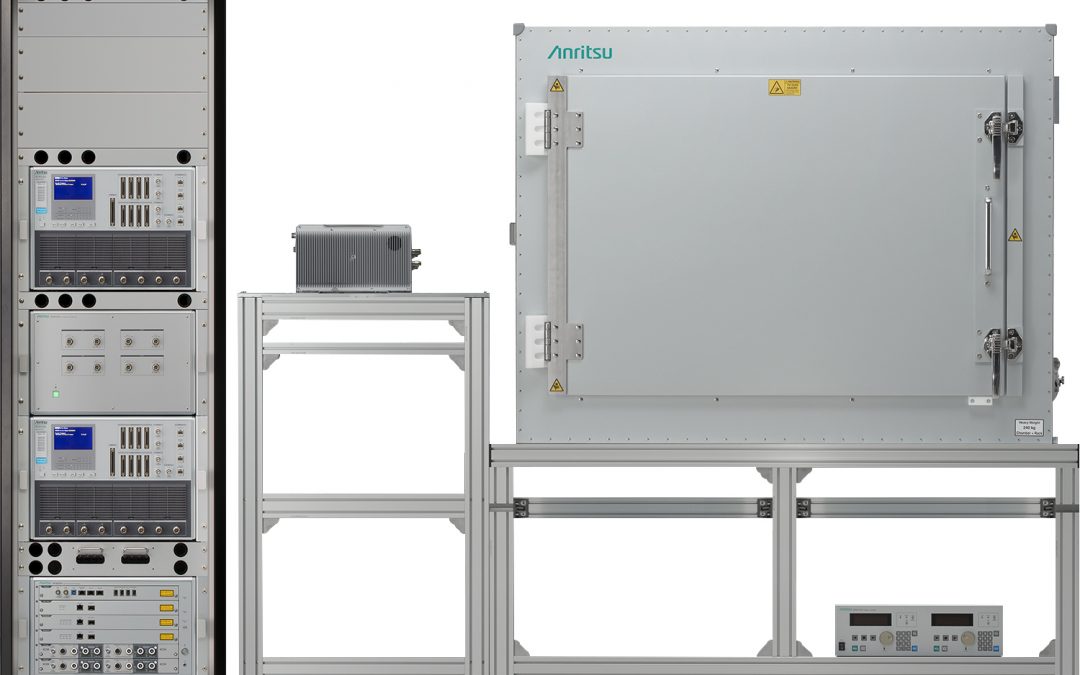
Anritsu, Sony Semiconductor validate industry first Non-Terrestrial Network (NTN) NB-IoT testcase
First NTN NB-IoT Protocol Conformance Tests for have been validated on the 5G NR Mobile Test Device Platform Anritsu Corporation has announced that the first NTN NB-IoT Protocol Conformance Tests for has been validated on the 5G NR Mobile Device Test Platform ME7834NR...
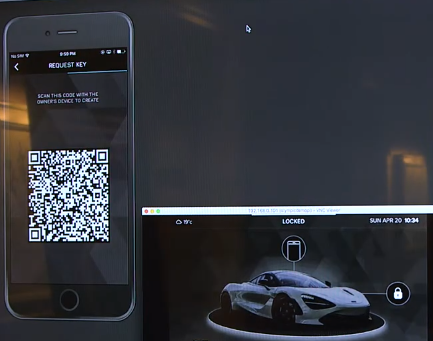
Ellisys Introduces Support for CCC Digital Key Technology
Protocol Updates Aid in Test, Validation, and Debug for Automotive and Consumer Electronics Developers and Test Labs Ellisys, a leading worldwide provider of Bluetooth®, Universal Serial Bus (USB), Ultra-Wideband, and Wi-Fi® protocol test and analysis solutions has...
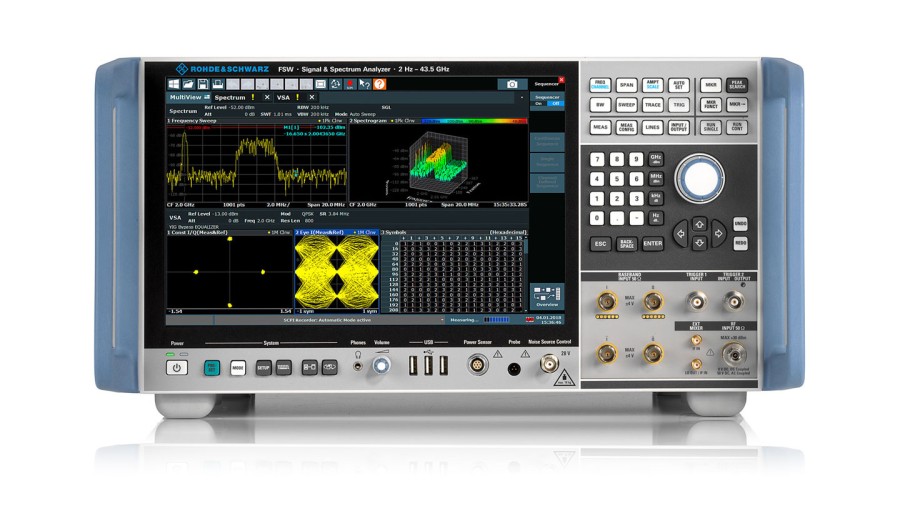
Rohde & Schwarz 170 GHz power sensors ease use and traceability in the D-band
Rohde & Schwarz is launching the new R&S NRP170TWG(N) thermal power sensor for precise power level measurements in the D-band. The new R&S NRP170TWG(N) sensors from Rohde & Schwarz are used in general R&D for 6G mobile communications, novel sub-THz...
Stay Up to Date With The Latest News & Updates
Our Sponsors
Incisor.TV partners with leading organisations in the technology sector.
Follow Us
And stay up to date with our news! We are active across the key social media platforms – please do follow us!

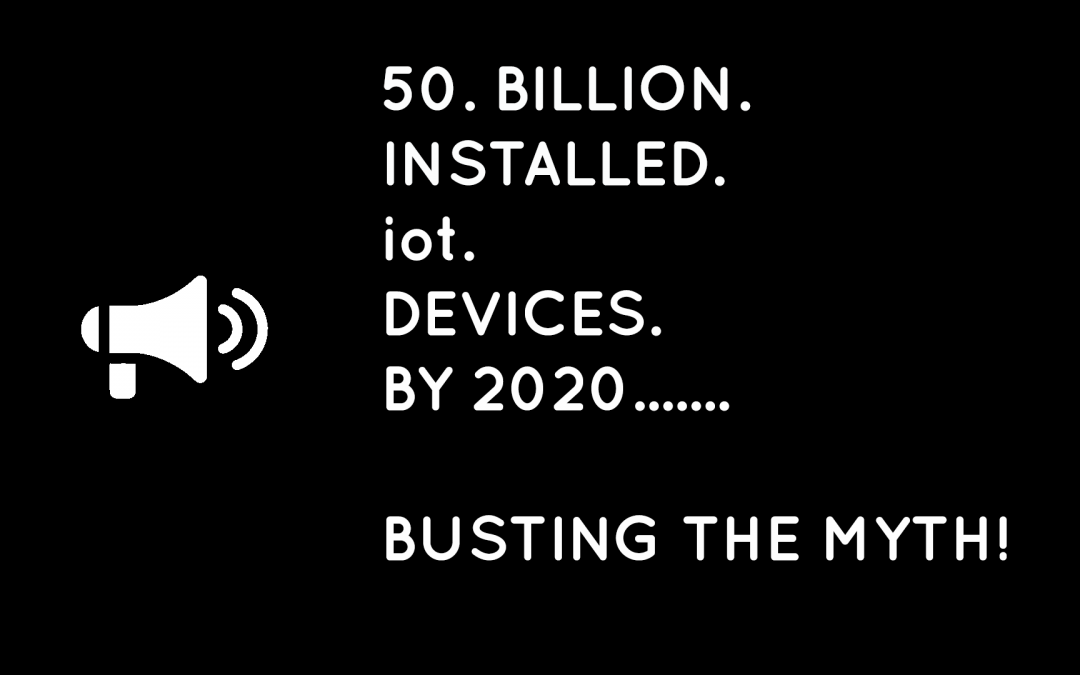

0 Comments